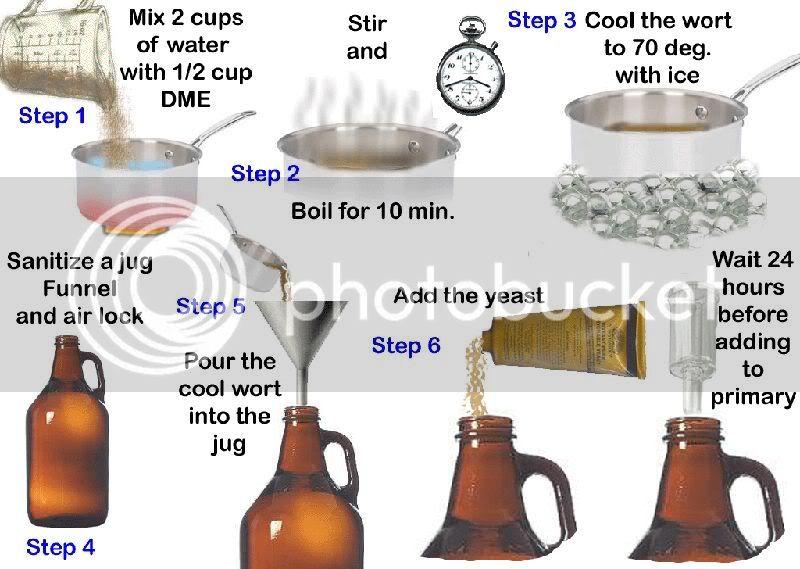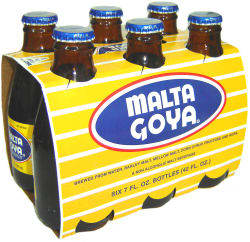From everything I have been reading, and continue to read it seems like yeast is a very durable, yet fickle beast.
Some accounts and articles highlight yeast as being fragile and very susceptible to dying off because of conditions, time, lack of food, too much food, temperature...etc etc...
Other passages say that yeast can do just fine in a primary/secondary for 3, 4, 5, even more weeks untouched.
At what point should you worry about your yeast being in trouble/dying off?
Some accounts and articles highlight yeast as being fragile and very susceptible to dying off because of conditions, time, lack of food, too much food, temperature...etc etc...
Other passages say that yeast can do just fine in a primary/secondary for 3, 4, 5, even more weeks untouched.
At what point should you worry about your yeast being in trouble/dying off?




